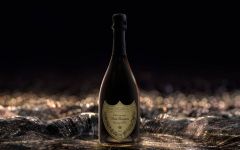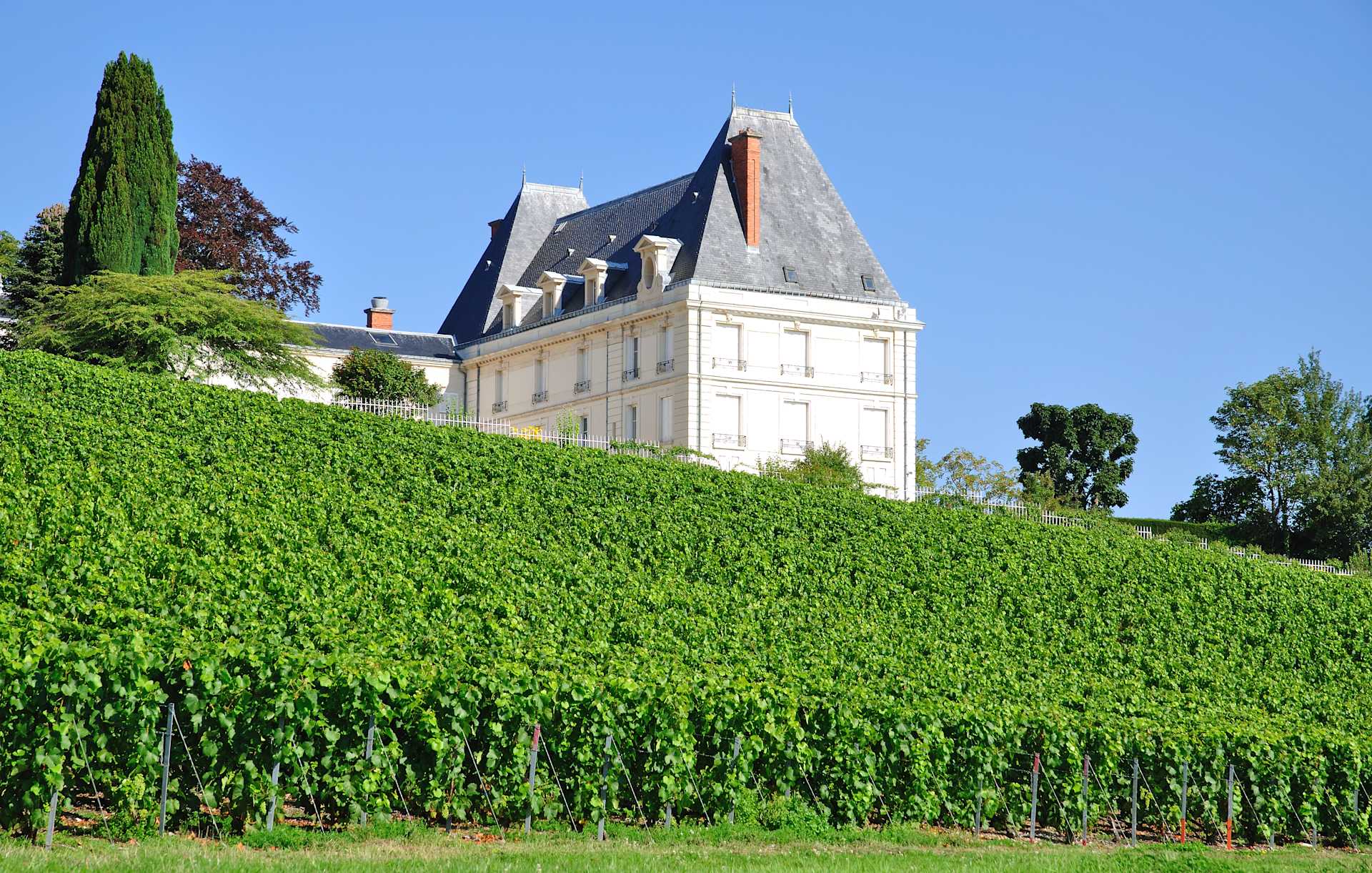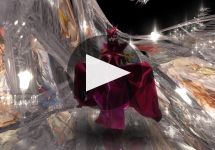Dom Perignon P2 Vintage in Gift Box 2002
- Decanter
- Vinous
-
Robert
Parker





Product Details
Your Rating
Somm Note
Winemaker Notes
Dom Pérignon is always a vintage wine and can only be produced from the grapes of a single year. For each vintage and from its inception, a limited number of bottles are set aside in the cellars, predestined for longer maturation. With this extra time, the inner activity in the bottle increases. The yeast transfers its energy to the wine a mysterious transfer of life.
After close to 15 years, the expansion of energy reaches its peak and Dom Pérignon rises to an apex of essential, radiant vitality in its state of Plénitude. Elevated to new heights, it unfurls across every dimension wider, deeper, longer, more intense and gifted further with a new, extended longevity. It is precise, intense, vibrant.
About the 2002 Vintage: The vintage of a sun which never set
Winter was mild, prelude to a warm and dry spring In the vineyards, flowering was perfect July stretched on, basked in sunshine, punctuated by some welcome rain, which suddenly became more frequent and intense in August. Autumn loomed, but any portent was swiftly swept away by the warm and luminous momentum of September, where the wind accelerated the concentration of the grapes, the Chardonnay in particular. The gift of a superlative maturity that defines the vintage.
Tasting Note:
On the nose: The complexity is first and foremost warm, glowing gold with oriental exotic flavors: crystallized fruits, marzipan, sweet spices and fresh coriander. After breathing, fresh saffron evolves to a more grey, saline nature and the bouquet darkens, appears deeper, more reserved, harmonious and serene.
On the palate: The flavors are instantly delivered in a compelling fashion, opulent and ethereal, lively yet sensual, all around a core of fruit expression. Between the juxtaposition of aroma and palate, the sensuality becomes gradually more luscious, more tense, more profound. The combination maintains a fine lined precision of salinity with hints of liquorice.
Professional Ratings
-
Decanter
And so from P1 methuselah to P2, which for Geoffroy ‘goes beyond Champagne’. P2, he continues, must be ‘deeper, richer, longer…better than P1' - otherwise why release it? Well, they haven't yet, although it's pencilled in for later in 2019. Here we have drive, vinosity and incredible length. The sweet and savoury balance indulges with a seductive embrace. Gustav Klimt in a glass maybe. Outstanding.
-
Vinous
The 2002 Dom Pérignon P2 is surprisingly, almost shockingly, austere and tightly wound. That almost surely bodes well for the future. Today, though, the 2002 is very hard to taste. Stylistically, it is also much less available than the original release. Readers lucky enough to own the 2002 should plan on being patient.
Rating: 97+ -
Robert Parker's Wine Advocate
The 2002 Dom Pérignon P2 is still a youthful wine, but it is beginning to develop appreciable complexity, wafting from the glass with notes of of iodine, warm bread, ripe orchard fruit, peach, citrus oil, smoke and peat, which in Geoffroy's words "are on the verge of aromatic over-ripeness." On the palate, the wine is medium to full-bodied, broad and fleshy, with a textural, voluminous profile, pinpoint bubbles and a chalky, phenolic finish. This is a ripe and powerful Dom Pérignon that finds its closest stylistic analogy in the 1990 vintage, and it is considerably less evolved than the more tertiary 2000 P2 today. While the P2 is a bit drier and more precise on the finish than the original release, given the wine's slow evolution the difference between the two is less pronounced than it has been for any vintage since 1996.
Other Vintages
2004-
Wine
Spectator -
James
Suckling - Decanter
-
Robert
Parker
-
James
Suckling -
Wine
Spectator - Decanter
-
Robert
Parker
-
Wine
Spectator -
James
Suckling
-
Wilfred
Wong -
Wine &
Spirits -
James
Suckling -
Wine
Spectator










Dom Pérignon: an absolute commitment to Vintage
Dom Pérignon's commitment to vintage is absolute. Each Dom Pérignon is a true act of creation, made from only the best grapes. The champagne's intensity is based in precision, so inviting, so mysterious. Each Vintage has three Plénitudes, and embodies the total faith in the creation that is constantly renewed by Chef de Cave Vincent Chaperon. Coupled with a bold sense of playfulness, Dom Pérignon inspires the greatest creators in the world.Made only from the best grapes grown in one single year, each Dom Perignon's Vintage represents a harmonic balance between the nature of the year and the signature of Dom Pérignon. After no fewer than 8 years of elaboration, each vintage emerges complete, seamless and tactile. Dom Pérignon Champagne is made through an assemblage of Pinot Noir and Chardonnay, created by using only the best grapes harvested from the 17 Grands Crus in Champagne and the Premier Cru of Hautvillers.

Representing the topmost expression of a Champagne house, a vintage Champagne is one made from the produce of a single, superior harvest year. Vintage Champagnes account for a mere 5% of total Champagne production and are produced about three times in a decade. Champagne is typically made as a blend of multiple years in order to preserve the house style; these will have non-vintage, or simply, NV on the label. The term, "vintage," as it applies to all wine, simply means a single harvest year.

Associated with luxury, celebration, and romance, the region, Champagne, is home to the world’s most prized sparkling wine. In order to bear the label, ‘Champagne’, a sparkling wine must originate from this northeastern region of France—called Champagne—and adhere to strict quality standards. Made up of the three towns Reims, Épernay, and Aÿ, it was here that the traditional method of sparkling wine production was both invented and perfected, birthing a winemaking technique as well as a flavor profile that is now emulated worldwide.
Well-drained, limestone and chalky soil defines much of the region, which lend a mineral component to its wines. Champagne’s cold, continental climate promotes ample acidity in its grapes but weather differences from year to year can create significant variation between vintages. While vintage Champagnes are produced in exceptional years, non-vintage cuvées are produced annually from a blend of several years in order to produce Champagnes that maintain a consistent house style.
With nearly negligible exceptions, . These can be blended together or bottled as individual varietal Champagnes, depending on the final style of wine desired. Chardonnay, the only white variety, contributes freshness, elegance, lively acidity and notes of citrus, orchard fruit and white flowers. Pinot Noir and its relative Pinot Meunier, provide the backbone to many blends, adding structure, body and supple red fruit flavors. Wines with a large proportion of Pinot Meunier will be ready to drink earlier, while Pinot Noir contributes to longevity. Whether it is white or rosé, most Champagne is made from a blend of red and white grapes—and uniquely, rosé is often produce by blending together red and white wine. A Champagne made exclusively from Chardonnay will be labeled as ‘blanc de blancs,’ while ones comprised of only red grapes are called ‘blanc de noirs.’
